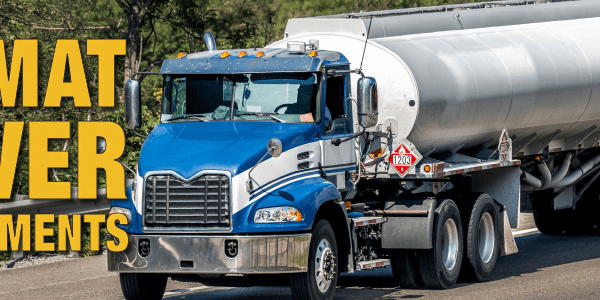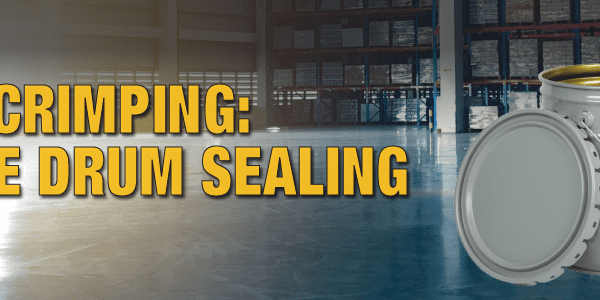The November 26th Canada Gazette I provides an early “gift” to the regulated community which may help relieve boredom over the holiday season.
Harmonization Transportation Style
Although the DG world (unlike WHMIS/OSHA) has been fairly well harmonized under the UN Recommendations for some years now, there have been issues from time to time with; the editions standards referenced in the TDG regulations (TDGR); differences between DOT/TDG requirements for pressure receptacles; and confusion in the status of cross-border shipments when special permits (DOT) or equivalency certificates (TDG) are applied to consignments (for brevity, we’ll refer to these both under the generic term “permit for equivalent level of safety”- PELS).
Ambling Along
An example of the former is the Table of Safety Standards in TDGR 1.3. The recognized edition of the UN Recommendations is the 17th Ed. (2011)- despite the fact that we’re currently looking at the 19th Ed. (2015) and are on the verge of the 20th (2017). This can lead to confusion since the modal regulations are usually consistent with the current edition of UN Recommendations.
To help resolve this issue, and presumably to reduce the amount of catch-up amending necessary, Transport Canada proposes to expand the listing of “ambulatory references” – refer to the latest edition (i.e. “as amended from time to time” rather than a specific date)- for equivalency of other regulations and some selected technical standards.
Canada-US Regulatory Cooperation
Issues reviewed at the joint Canada-US Regulatory Cooperation Council are also appearing in this harmonization proposal.
The US DOT is following a parallel track, with proposed amendment HM-215N published in September, to include similar provisions in 49 CFR. (see Barbara’s Blog of Oct. 13, 2016)
http://blog.thecompliancecenter.com/u-s-publishes-proposed-rule-hm-215n-on-international-harmonization/
Key aspects of this initiative include expanding the reciprocity provision to fill and use US DOT pressure receptacles in Canada rather than only accepting those which had been filled within the US. Requalification, repair, marking, etc. must be in accordance with the country where it’s done.
TDGR Parts 9 and 10 also would extend recognition of US PELS regardless of the existence of a Transport Canada-issued corresponding permit, reducing the need to apply for, or determine the existence of, a similar provision. The PELS number would have to appear on the shipping document. Application of the reciprocity would continue to be disallowed for things that are forbidden in TDGR or are not regulated under 49CFR. Each country’s regulations would still have to be reviewed regarding general special case/special provision exemptions.
Additionally, “one-time movement approvals” (OTMA) for moving damaged tank cars, for example, would be recognised in each country to facilitate dealing with situations where the car must be moved to safely empty and repair the means of containment.
Safety Marks, Labels, and Placards
Lithium Battery Mark, Label and Placard
The adoption of the “new” lithium battery mark will replace the provision for marking equivalent wording on packages subject to SP 34. This includes indicating the UN number of the contents instead of just the battery type by name. All SP34 packages will require the mark, but a notation on documentation will no longer apply.
The TDGR also will adopt the new lithium battery Class 9 label for packages requiring this hazard label. As with the other modal/US regulations/proposals, the mandatory use will have a 2-year transition period.
Placarding May not be Harmonized
The TDGR amendment as proposed will require the use of a placard corresponding to the lithium battery Class 9 label instead of a standard Class 9 placard when means of containment require placards.
This is at odds with the 49CFR HM-215N proposal to maintain the use of a “regular” Class 9 placard despite the new lithium battery Class 9 label (“…Class 9 placards, when used, must conform to the existing requirements in …172.560”).
Ditto final (i.e. adopted) IMDG Code Amendment 38-16 -see 5.3.1.1.2: “For dangerous goods of class 9 the placard shall correspond to the label model No. 9 as in 5.2.2.2.2; label model No. 9A shall not be used for placarding purposes.” – i.e. must use the standard Class 9, not the lithium version.
Updating to Current International Regulations
Other proposals will “catch up” the TDGR with many of the changes in the UN Recommendations regarding classifications and listings in TDGR Schedule 1 with applicable editing of special provisions (e.g. specific entries for the various types of combustion engines, solid/liquid polyester resin kits, etc.).
Overpack Marking Clarified
Included in 2 dozen or so “typographical corrections and minor miscellaneous changes” is the removal of the need to mark “Overpack” when the DG marks are visible; but when it is required it must be in minimum 12 mm high characters.
Other Safety Marks (in addition to lithium batteries discussed above)
The proposed amendment will adopt the international standard Class 9 convention of underlining the “9” on both labels and placards.
Also the new “fumigation” label is included in the Appendix to Part 4, presumably to catch up with the information included in the amendment in SOR/2014-159.
Missing from this proposal however, is the requirement for a 2 mm thickness for the inner border line on labels, as currently specified in the UN Recommendations, 49 CFR, IATA DGR and the IMDG Code.
The amendment will not, of course, be finalized until published in Gazette II, with a proposed 6 month general transition period (but until Dec.31, 2018 for the lithium battery mark and lithium battery Class 9 label). There is a 60 day comment period on the proposal and the detailed version may be consulted at:
http://www.gazette.gc.ca/rp-pr/p1/2016/2016-11-26/html/reg3-eng.php
If you have any questions about these changes and how they can affect your operations, please contact us here at ICC Compliance Center at 1-888-442-9628 (USA) or 1-888-977-4834 (Canada).






 ICC USA
ICC USA ICC Canada
ICC Canada